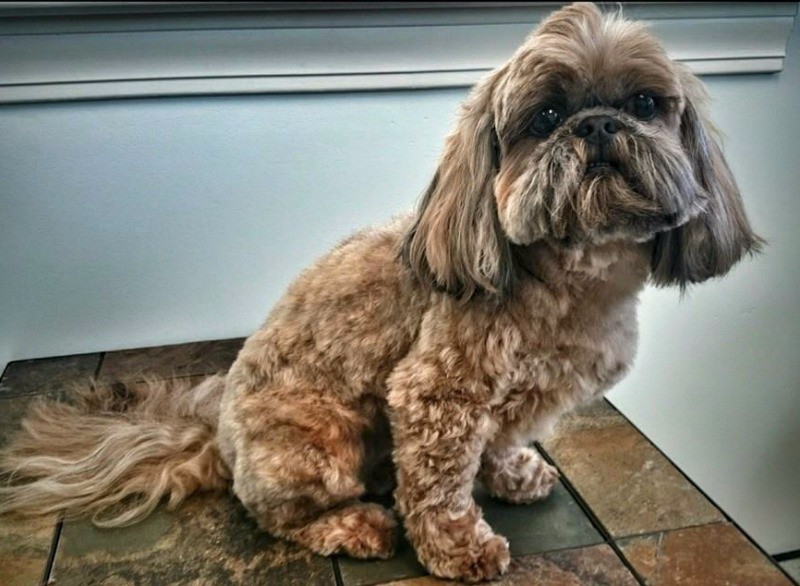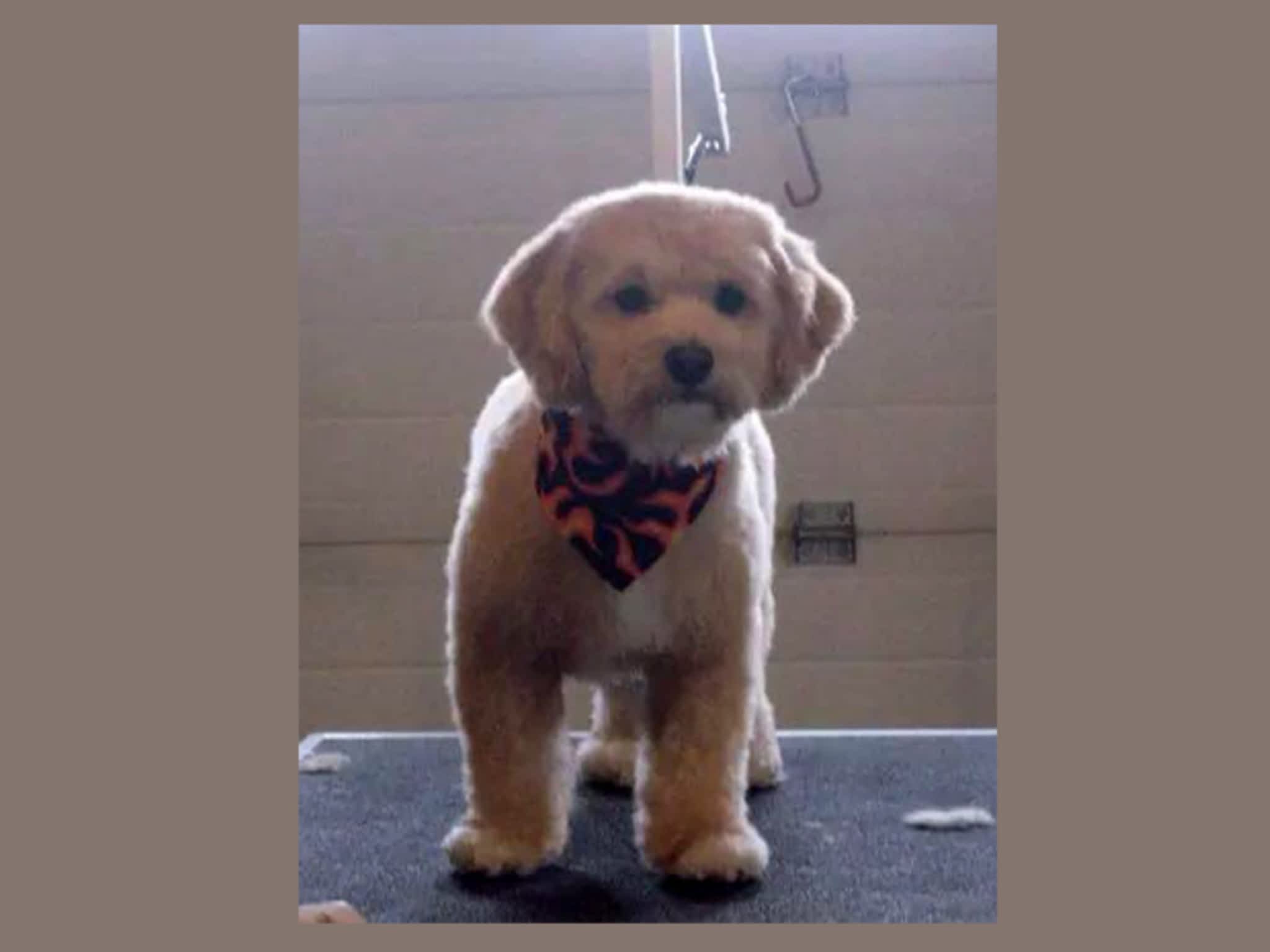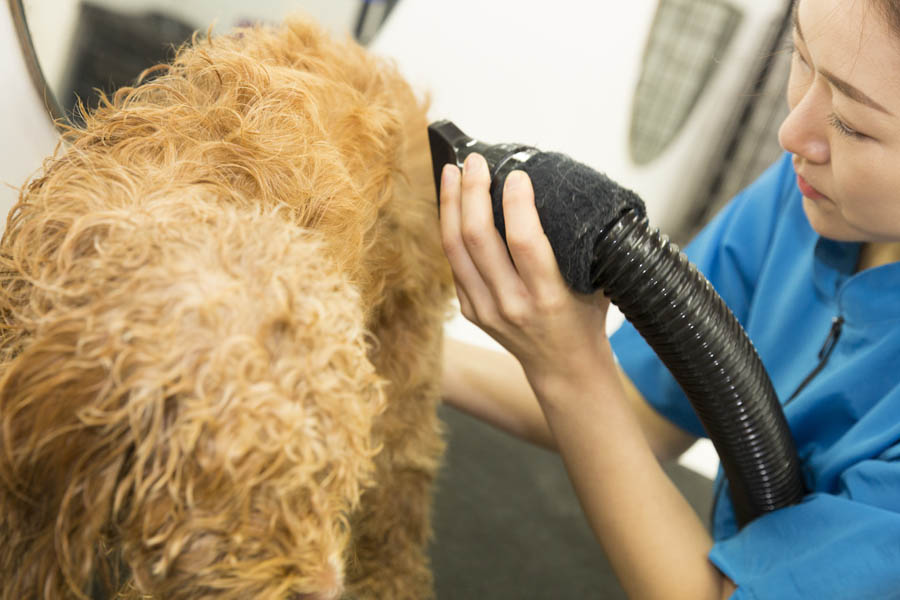Dog grooming and sedation everything food and dogs
Table of Contents
Table of Contents
Dog grooming sedation may sound like a simple solution to grooming your furry friend, but it has stirred up quite a controversy in recent years. As a dog owner, you want your furry friend to feel comfortable and relaxed during grooming sessions. But is sedation the right choice for your pet?
The Pain Points of Dog Grooming Sedation
On the surface, sedating your dog for grooming seems like the ideal solution to reduce their anxiety and discomfort during the grooming process. However, there can be potential risks and side effects associated with sedating your dog. These include:
- Depression
- Lethargy
- Vomiting
- Loss of coordination
- Low blood pressure
- Allergic reactions
In addition, pets have their own unique health history and it’s crucial that groomers are aware of this before administering any drugs.
The Target of Dog Grooming Sedation
Dog grooming sedation is typically recommended for dogs who are extremely hyperactive or aggressive, have medical issues, or have severe anxiety when visiting the groomer.
Summary of Main Points on Dog Grooming Sedation
In summary, sedating your dog during grooming sessions should not be taken lightly. While it may seem like a quick fix to a difficult situation, it can be detrimental to your pet’s health in the long run. It’s important to consider all options before going down this route and choosing a groomer who is knowledgeable, experienced, and skilled in handling difficult dogs would be a great start.
Dog Grooming Sedation: My Personal Experience
My 7-year old Labrador, Charlie, had always been very anxious during grooming sessions. She would tremble and whine, making the grooming process very difficult for both Charlie and the groomer. A friend suggested sedation as a possible solution. I was hesitant, but I decided to give it a try.
The day of Charlie’s grooming appointment, she seemed to be unusually lethargic and unresponsive. While the grooming session went smoothly, I couldn’t help but worry about her health and well-being. It wasn’t until a few days later that she returned to her normal, energetic self.
After that experience, I decided that sedation was not the right choice for Charlie, and I made it my mission to find a more suitable solution to her anxiety during grooming sessions.
Alternatives to Dog Grooming Sedation
If your dog is anxious during grooming sessions, there are alternatives to sedation that you can try. These include:
- Gradual desensitization to grooming tools and sounds
- Distractions such as treats, toys, or massages during grooming sessions
- Choosing a groomer who is experienced in handling anxious dogs
The Importance of Regular Grooming
Regular grooming is essential for your dog’s health and wellness. It helps to prevent matting, reduces shedding, and uncovers skin issues that may need treatment. Therefore, it’s important to find a grooming routine that works for your furry friend.
The Bottom Line on Dog Grooming Sedation
Sedation may seem like an easy fix to grooming anxiety for your furry friend, but there are risks you should consider. Instead, finding a skilled and compassionate groomer who is experienced in dealing with anxious dogs, or trying alternative methods like desensitization or distraction, will ensure that your dog’s well-being is protected during grooming sessions.
Question and Answer
Q: Is sedation necessary for all anxious dogs during grooming sessions?
A: No, sedation is not necessary for all anxious dogs during grooming sessions. There are alternatives like gradual desensitization, distractions, or finding a skilled groomer. Always speak with your vet before administering any sedatives to your furry friend.
Q: What are the potential risks of sedating my dog during grooming sessions?
A: The potential risks of sedating your dog can range from depression and lethargy to vomiting and allergic reactions. Always speak with your vet and groomer before administering any sedatives to your furry friend.
Q: How can I find a skilled groomer who can handle anxious dogs?
A: Look for a groomer who has experience working with anxious dogs and who is skilled at handling these types of dogs. You can ask for recommendations from friends and family or consult online reviews.
Q: Is it safe to administer sedatives to my dog without consulting with a vet?
A: No, it is not safe to administer sedatives to your dog without consulting with a vet first. Sedatives can have serious side effects and should only be administered under the guidance of a veterinarian.
Conclusion of Dog Grooming Sedation
Grooming your furry friend can be a nerve-wracking experience, particularly if they suffer from anxiety or aggression. While sedation may seem like the easy solution, it can have potential risks and side effects that you should consider. Instead, try alternatives like gradual desensitization or distractions, or find a skilled groomer who can handle anxious dogs. By prioritizing your pet’s well-being, you can ensure that grooming sessions are stress-free and beneficial for your furry friend.
Gallery
Dog Grooming And Sedation! – Everything Food And Dogs!

Photo Credit by: bing.com / sedation
No More Sedated Grooming For My Dog - YouTube

Photo Credit by: bing.com / dog grooming
Amazon.com: Dog Sedative For Grooming

Photo Credit by: bing.com / sedative naturvet melatonin chew 70ct
How To Sedate A Dog At Home For Grooming Ideas - Do Yourself Ideas

Photo Credit by: bing.com /
Sedation Grooming For Dogs Near Me - Someone Told Me That It Is Due To The Medication Used For

Photo Credit by: bing.com / grooming






